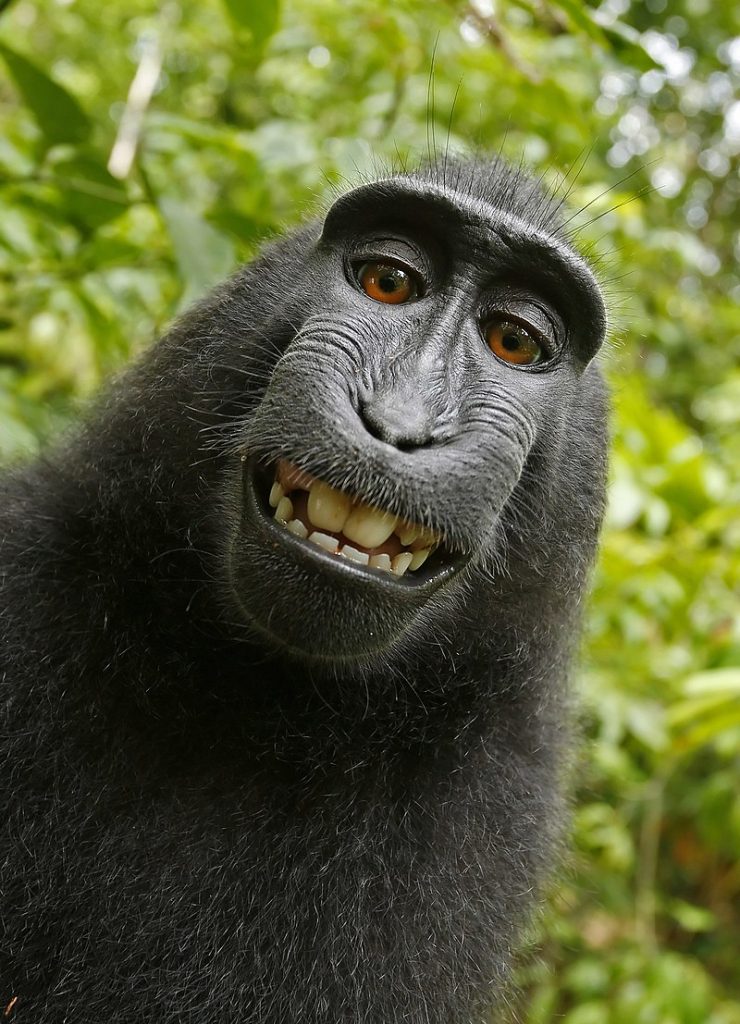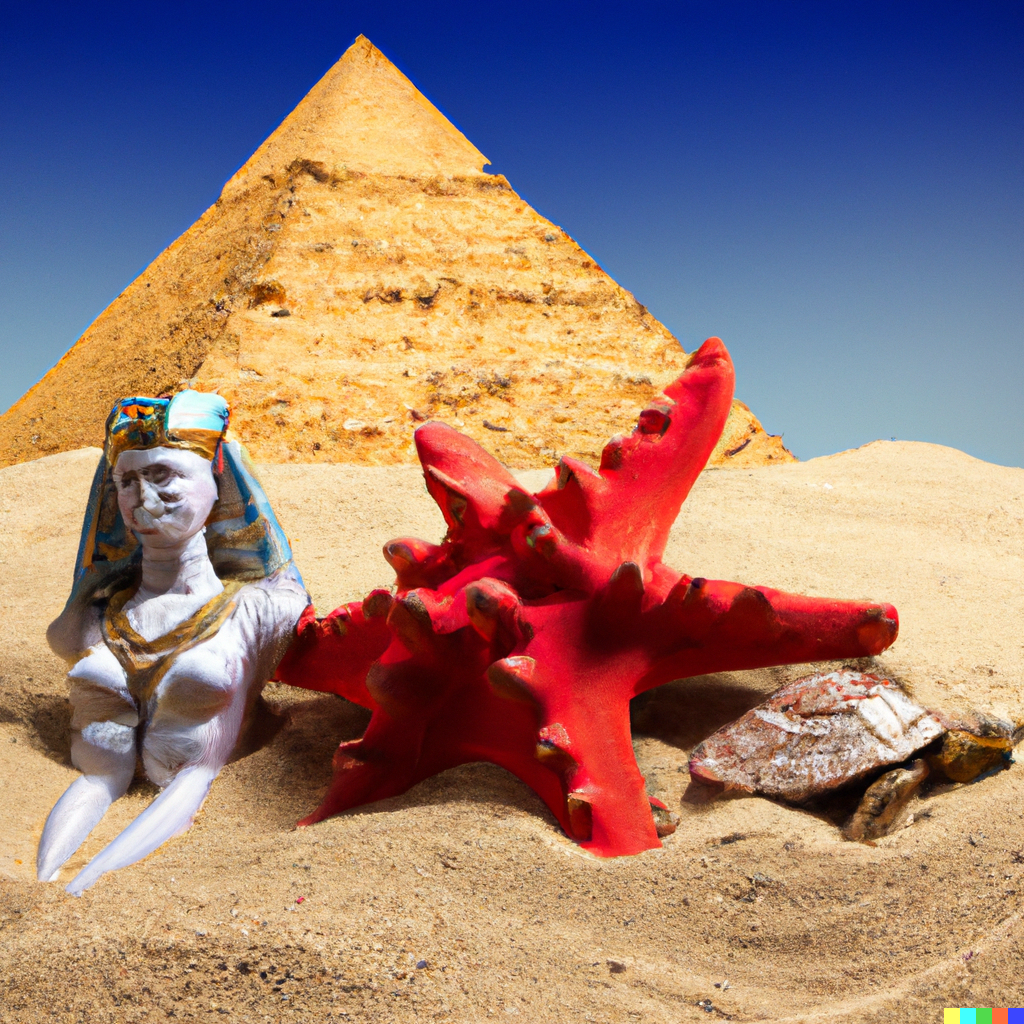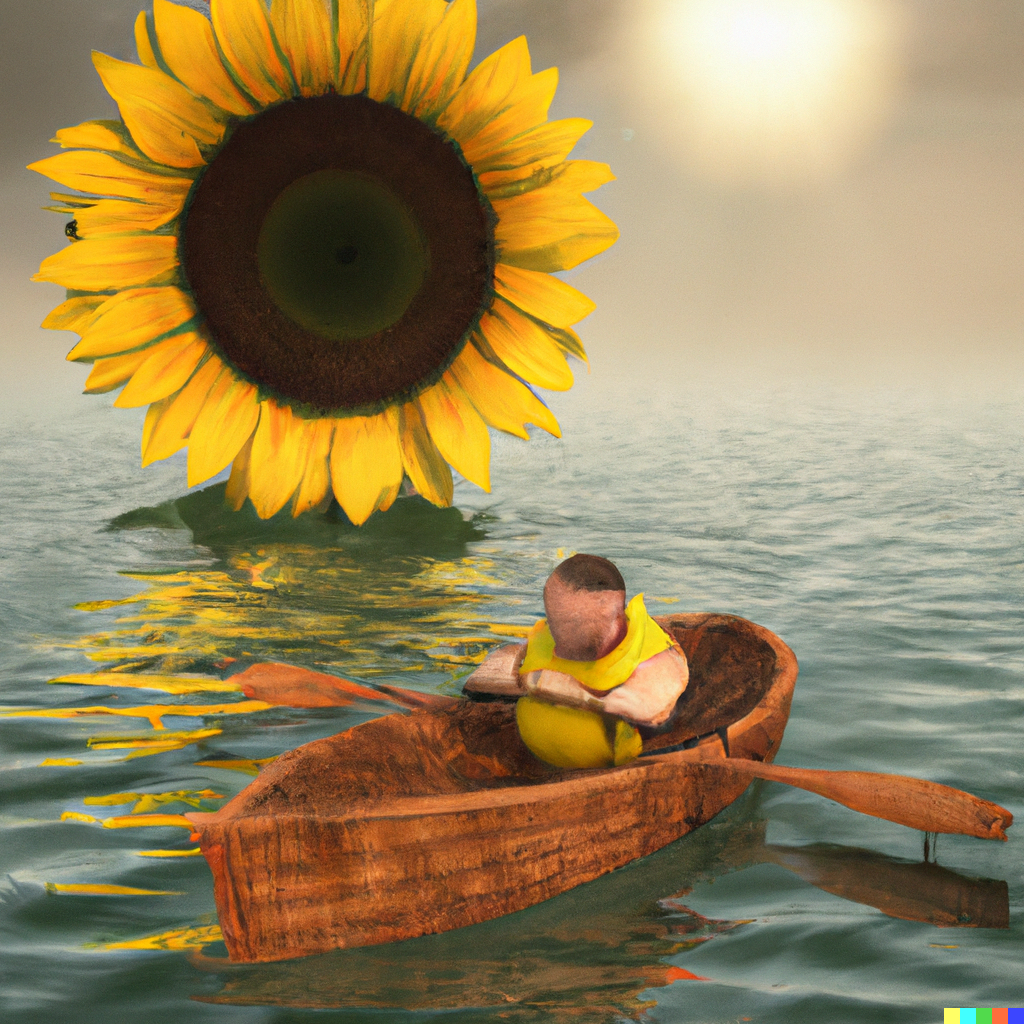
In July 2011, a British photographer D. Slater went to a national park in North Sulawesi, Indonesia to take pictures of, quite shy, black macaque monkeys. His goal was to make a very close up shot of the face of a black macaque, so he put his camera on a tripod and set up the right angle and camera settings. He left the spot where he placed the camera, and when he came back, he found a very clear and detailed selfie of a black macaque that he sent it to his agent. It eventually went viral once it had been published by the Daily Mail as a feature story.

However, problems about copyright arose when Wikipedia put the picture on the website and tagged it as being in the public domain. Wikipedia reasoned that monkeys cannot own copyright.
D. Slater didn’t agree with this, especially since he also lost around 10,000 dollars in income and business as a wildlife photographer. In December 2014 the U.S. Copyright Office determined that the work that is being created by something/someone that is not human, is not copyrightable. However, in September 2015, People for the Ethical Treatment of Animals (PETA) accused D. Slater on behalf of the black macaque to obtain copyright for the selfie. PETA said that the selfie ‘resulted from a series of purposeful and voluntary actions by Naruto, unaided by D. Slater (…)’, and so, the black macaque shot his own original works.
Later, this action was dismissed, because animals do not have the rights to own copyright. Eventually, D. Slater managed to get (only) 25% of all future royalty revenue to the monkey sanctuary where the black macaque lives.
Giving this case a futuristic twist, we stumble upon a more modern version. With the high-speed development of AI, almost everything can be created if there’s a demand for it. From self-driving cars to the Google Home device that controls the humidity in your house. But even ideas for the creative field are being worked out. Nowadays, it is possible to download an app, give the app a few keywords such as “cat, blue, chair”, and the app will generate a painting while making sure those given words are fully recognizable.
However, just as in the case of D. Slater, a problem arises with copyright. The app has been developed by one person or a group of programmers that work under the name of the company for the app. The user of the app gives it words (puts in the idea) in order to obtain an output, which is the painting. With these three categories of parties, which one should get the copyright of the generated painting?
In this article, we take it one step back and discuss the awarding of credits. Credits are important to give in order to acquire acknowledgement for the tools that are used, or the people who worked on it.
We believe that, in all cases, the AI art generator should get credits for the process of generating art for the user of the art generator. This way, the developers of the AI art generator will also indirectly get credits for creating the art. This article will discuss a few arguments in favour of this statement, but we will explain what an AI art generator entails, first.
AI in art
Art created by AI can take on many forms. One example of AI-generated art is the use of neural networks, which can be trained to recognize patterns. These patterns can be used to create new images. Another example is the use of evolutionary algorithms, which can generate new forms of art by simulating the process of natural selection. These algorithms can be used to create unique and diverse forms of art that can be used for a variety of purposes, from commercial to experimental. AI-generated art can also be interactive, allowing the viewer to be a part of the creative process, which opens up new possibilities for the way art is experienced and consumed. An example of an AI art generator is DALL E. This is a deep learning model developed by OpenAI to generate digital images from natural language descriptions, called “prompts”. These prompts can be words or sentences, chosen by the user, that are put into the AI art generator to create a picture.


Artists are afraid AI would replace their job
The systems of creating art are constantly improving, so you will never get the same result twice. Initial images are often rough. Users can continue refining them to their liking. However, AI systems can also produce highly detailed pieces that are difficult to distinguish from those created by human artists. Some artists fear that AI will replace their role, as AI generators can produce artwork in seconds, whereas artists may take hours, days, or even years. To ensure proper credit, it is important to acknowledge the AI generator as the origin of the artwork.
Embrace AI generators as a tool
The advancement of AI generators is happening at a fast pace. In the art industry, it’s becoming increasingly difficult to avoid the impact of AI. Hence, it’s important to embrace these technological advancements. AI has the potential to bring about new and innovative styles in the field of art and by using AI, artists can explore new avenues in their creative process. By giving credits to the AI generator, it will become much more accepted to use AI by creating art. This can lead to more transparency. By promoting transparency regarding the application of AI in art, artists will have a deeper understanding of its potential and benefits.
Choices within the process of making art can determine who gets the credits
For certain forms of art, such as photographing, originality plays a big role in giving credits for the photograph that is being made. The Court of Justice of the European Union (CJEU) stated in 2007 that photographs are original if they are the creation of the photographer and if it reflects the photographers’ personality. This personal touch of the photographer is defined by the ‘free and creative choices’ in, for example, setting up the background and pose and applying different techniques in order to obtain the intended photograph.
This refers back to the D. Slater case, where D. Slater chose the location of the photograph as well as adjusting the settings of the camera before walking away.
Other than this, it is important to know that nowhere in this definition from the CJEU it is stated that the button needs to be pressed by the photographer. It seems to be more important what happens before and after (editing etc.) the production of the photograph, whether it is the photographers’ own creation.
In the world of art created by AI, you could see some similarities. Within creating the AI for generating art, there need to be made a lot of choices regarding the use of data to train the AI, determining the parameters, etc. You could say that all these choices that have to be made to let the AI function properly, are in some sense similar to the choices of the background and what lens to use for making a photograph.
Collaboration between humans and AI can lead to new results.
Some people feel the lack of emotional connection when looking at the AI generated art. When generating art with AI, there is no spontaneity or creativity involved. Humans, on the other hand, create art from their experiences and emotions. This means that each piece of art is unique and has a personal story attached to it. It is this emotional connection that makes human-created art so unique. By collaborating between humans and AI, more unique art pieces can be created as humans can add emotions/humanity to art. AI will create new opportunities for human artists to explore and experiment with. Some may see AI art generators only as an extra tool to make the art. By mentioning the AI as creator.
In conclusion, the AI art generator should get credits for the process of generating art for the user of the art generator. This way, the developers of the AI art generator will also indirectly get credits for creating the art. By giving credits to the AI art generator, the artists don’t have to be afraid that the AI generators will replace their job, because there will be no misunderstanding of the creators. AI art generators can be seen as tool, so by giving credits to the generator, there will be more transparency of AI used in the art sector. Finally, the CJEU stated that photographs are original if they are the creation of the photographer and if it reflects the photographers’ personality. This can be compared to the art sector, making the use of an AI art generator.


